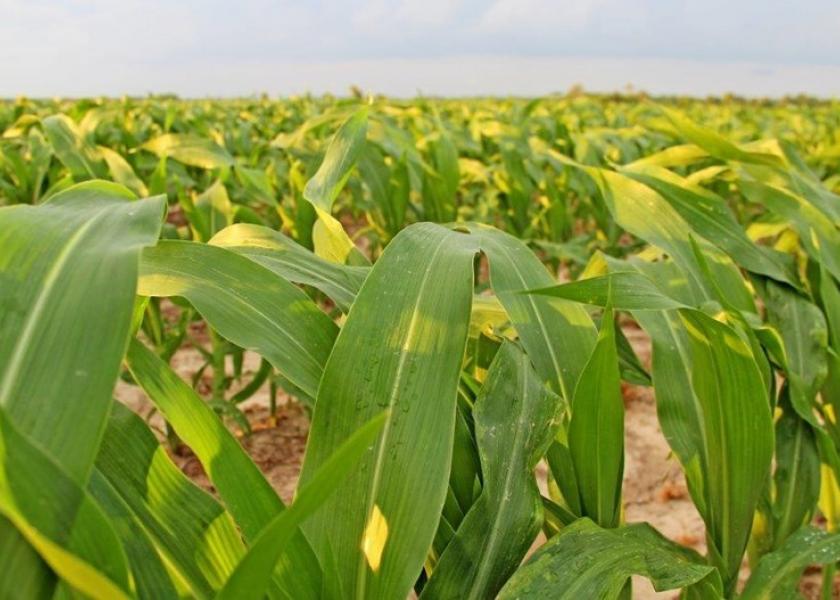Nitrogen Deficiency Technology Makes Jump

New technology directly distinguishes nitrogen issues with greater discrimination than current remote sensing techniques. Developed by the University of Minnesota (UM), Sentera has licensed the technology for UAV use.
UM’s technology detects nitrogen stress using computer vision techniques that recognize characteristic features on plant leaves. Sentera will integrate the capability into the FieldAgent platform and begin field trials in 2018. Commercial introduction is projected in 2019.
After UAVs collect high res images in the RGB spectrum, algorithms bypass control plants by analyzing color/shape of stressed corn leaves to gauge nitrogen deficiency.
Most current precision technologies rely entirely on RGB color and don’t distinguish nitrogen deficiency from other stresses. From a UM release: “The computer vision technology used in this new system is able to distinguish nitrogen deficiencies from other deficiencies and crop stresses. In addition, the algorithm can determine the type, extent and severity of nitrogen deficiencies based on the number and density of leaves affected by relying on color, texture and the derivative of changes across an image.”
Nikolaos Papanikolopoulos, McKnight Presidential Endowed Professor in computer science and engineering at UM’s College of Science and Engineering: “It’s exciting to see this technology being licensed and developed locally, and it’s another indication of Minnesota’s growing strength — academic and commercial — in the area of sophisticated sensing and analysis.”
See here for more on the Sentera-UM team-up to advance UAV imaging.







